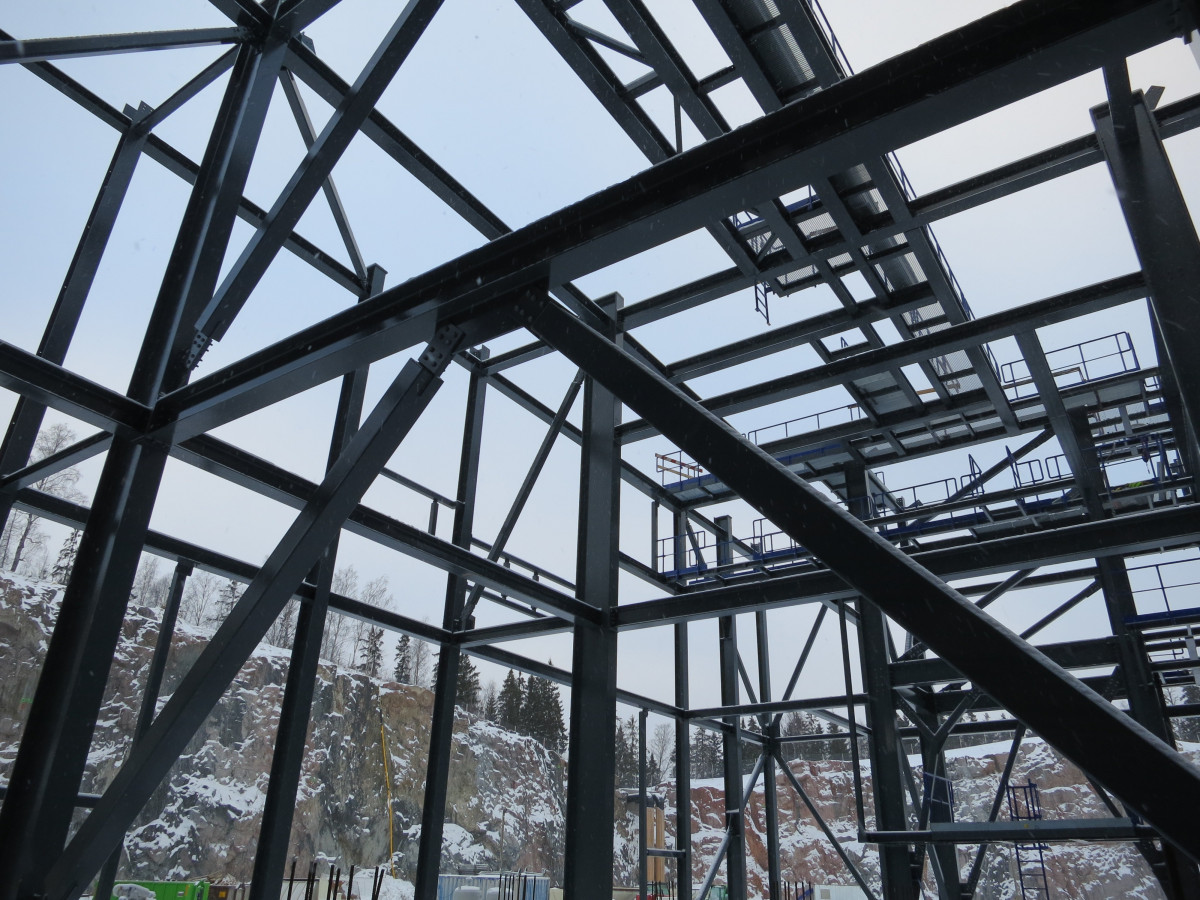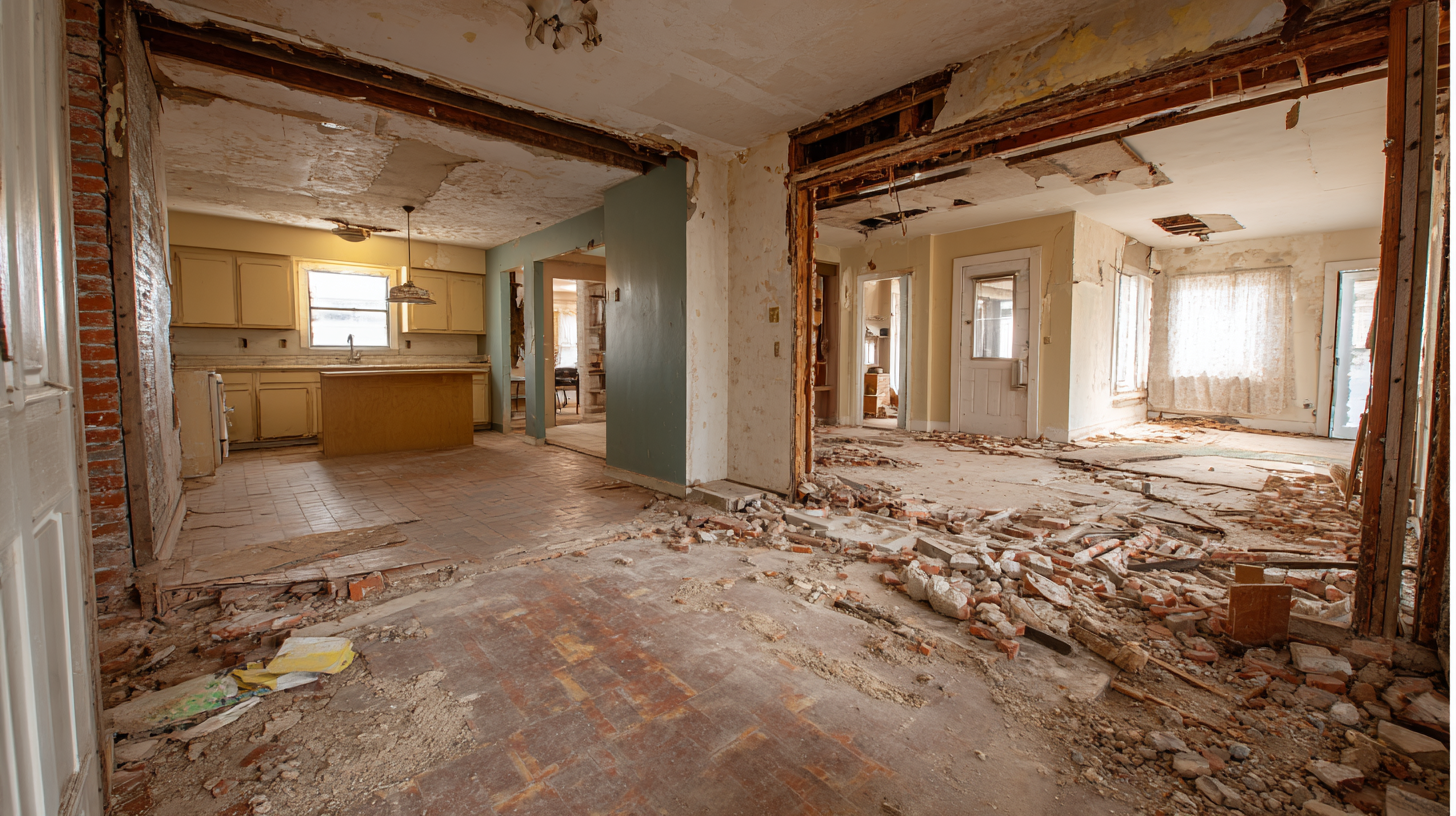🧱 Comprehensive Guide to Non-Structural Interior Removal in Soft Strip Demolition
Non-structural interior removal is a vital phase in soft strip demolition, designed to clear out all internal elements that do not support the building’s main structure. This process prepares a property for refurbishment, redevelopment, or further demolition by removing partitions, ceilings, fixtures, and floor coverings while preserving the essential framework.
One of the first tasks in non-structural interior removal is the careful dismantling of partitions and stud walls. These walls are often used to divide spaces within commercial offices, retail units, or residential properties and can be made from lightweight materials such as timber framing, drywall, or metal studs. Removing these walls opens up the floorplan and provides a blank canvas for redesign, allowing future occupants or contractors to configure spaces as needed.
Ceilings, particularly suspended ceilings and bulkheads, are also carefully taken down during this phase. Suspended ceilings often conceal electrical wiring, HVAC ductwork, and plumbing lines, so their removal must be coordinated with mechanical and electrical teams to avoid damaging vital infrastructure. Bulkheads—drop sections of ceilings used to hide beams or services—are dismantled to reveal the building’s true ceiling height and prepare for new installations.
Internal fittings and fixtures, including shelving, cupboards, counters, and built-in furniture, are stripped out as part of this process. These elements often vary widely depending on the building’s use, from retail display units and office storage to kitchen cabinetry in hospitality venues. Their removal requires attention to detail to avoid damage to surfaces that are to remain or to adjacent structural elements.
Floor coverings represent another key area of non-structural removal. Carpets, tiles, vinyl, laminate, and other finishes are carefully lifted and disposed of or recycled where possible. Floor coverings often hide cables, heating pipes, or leveling compounds, so contractors must be thorough and precise to ensure complete removal and readiness for the next phase of construction.
Throughout the non-structural interior removal process, safety and environmental considerations are paramount. Dust control measures are employed to protect workers and adjacent areas, and waste materials are segregated for recycling or disposal according to UK environmental regulations. Contractors experienced in this field also carry out thorough site surveys to identify hazardous materials such as asbestos, ensuring these are handled safely and in compliance with legislation.
This stage of demolition also provides opportunities for salvage and reuse. Many fixtures, fittings, and materials can be repurposed or sold, reducing waste and project costs. Responsible contractors will work with clients to identify valuable items early in the planning process.
Ultimately, non-structural interior removal is more than just demolition—it’s a critical preparation step that ensures the building is stripped back to its essential framework, ready for efficient and safe refurbishment or redevelopment. When carried out by skilled professionals, this process minimises disruption, controls waste, and sets the stage for successful project outcomes.
Whether you are managing a commercial office renovation, retail refurbishment, industrial upgrade, or residential redesign, expert soft strip demolition contractors provide tailored solutions to handle every aspect of non-structural interior removal efficiently and responsibly. Engaging experienced teams helps guarantee compliance with safety standards, environmental laws, and project timelines, making them an indispensable part of any building transformation.
FAQ: 🧱 Non-Structural Interior Removal
1. What does non-structural interior removal include?
Non-structural interior removal covers the dismantling of partitions, stud walls, ceilings, suspended ceilings, bulkheads, internal fittings like shelving and cupboards, and floor coverings such as carpets, tiles, vinyl, and laminate.
2. Why is non-structural removal important in soft strip demolition?
It prepares the building for refurbishment or redevelopment by clearing all non-load-bearing elements while preserving the main structure, allowing flexibility for redesign and construction.
3. What types of partitions are typically removed?
Partitions can include timber or metal stud walls, drywall, and lightweight internal walls that divide spaces but do not support structural loads.
4. How are suspended ceilings and bulkheads removed?
They are carefully dismantled, often in coordination with electrical and HVAC teams, to avoid damaging hidden services like wiring and ductwork.
5. What internal fittings are usually stripped out?
Common fittings include shelving, cupboards, counters, built-in furniture, and other fixtures installed inside the building for operational use.
6. How are floor coverings removed during soft strip demolition?
Floor coverings such as carpets, tiles, vinyl, and laminate are lifted and disposed of or recycled, with care taken to avoid damage to subfloors or embedded services.
7. Are hazardous materials like asbestos a concern during non-structural removal?
Yes, asbestos can be present in ceilings, partitions, and flooring materials, so thorough surveys and licensed removal are essential.
8. Can any materials be salvaged or reused?
Many internal fixtures and fittings can be salvaged, repurposed, or recycled to reduce waste and save costs.
9. How do contractors control dust and noise during removal?
Contractors use dust suppression techniques, barriers, and noise control measures to minimise disruption and maintain a safe working environment.
10. How long does non-structural interior removal typically take?
The timeline varies depending on building size and complexity but usually ranges from a few days to several weeks.
11. What happens to the waste generated from non-structural removal?
Waste is segregated on-site for recycling or proper disposal in line with UK environmental regulations.
12. How is the building prepared after non-structural removal?
Once all non-structural elements are removed, the building is cleaned and inspected to ensure it is ready for the next phase of work, such as structural demolition or refurbishment.
13. Why is it important to hire experienced soft strip contractors for this work?
Experienced contractors ensure safe, efficient removal, compliance with regulations, and effective waste management, reducing project risks and delays.

